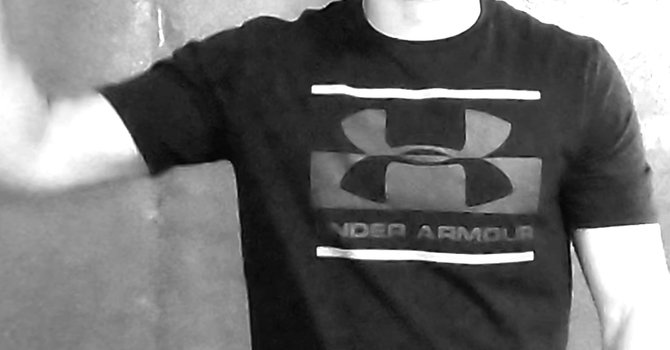Shoulder Injuries Are All Too Common
The shoulder is a complex joint.
There are many different types of shoulder injuries and a lot of shoulder pain falls under 2 categories.
- Shoulder Impingement:
- Here, we want to identify key movements that might be generating pain.
- Rotator Cuff Injury:
- Treating this begins with an understanding of the rotator cuff itself.
The shoulder is one of my favorite areas of the body to work on. Doing so successfully requires great clinical skills, expert anatomical knowledge, and a breadth of training that extends beyond the chiropractic curriculum.
Let's First Discuss Shoulder Impingement
Most commonly, this is a muscular imbalance pulling the humerus up into the shoulder joint.
- The shoulder joint, in medical terms, is called the glenohumeral joint.
- This complex joint is a ball and socket joint that not only rolls around but slides as well.
- When specific muscles get tight, they begin to pull the humerus up; this causes impingement.
- Pain slowly sets in, and is usually worse at night.
- People who suffer from this generally engage in repetitive overhead activities. This includes throwers, swimmers, racquet sports enthusiasts, carpenters, welders, painters, and plumbers.
Shoulder Impingement
This the third leading cause for patients to go see a medical doctor behind back pain and head aches.
When talking about shoulder impingement we most commonly think of the supraspinatus tendon (most common) and biceps tendon being comprimised. The impingement comes from loss of subacromial space or decreased joint space of the shoulder.
Symptoms include:
- Painful arc (palm up or thumb down)
- Pin point tenderness (it hurts right here)
- Pain with internal rotation
- Crepitus (clicking or popping)
- Instability
Treatment
A combination of active and passive care outperforms passive care alone when it comes to healing shoulder injuries.
Working in a PAIN FREE active range of motion is most important. We have to decrease the perceived threat.
- We begin with passive treatment techniquese to down regulate the nervous system and inflammation.
- Dry Needling, Graston, and ART are my first lines of active treatment.
- Postural correction follows after decreasing tension in the muscles.
We want to be careful with movements above the shoulder.
- We like to focus strengthening the external rotators of the soulder, primarily infraspinatus.
- Then we work on inferior translation of the humaral head, usually using extension exercises to increase joint space.
- Finally, closed chain exercises help stabilize the glenohumeral joint.
Now, Let's Talk About The Rotator Cuff
This is actually a group of muscles, not a single structure that you injure.
People often refer to their shoulder pain as a rotator cuff tear. This is a term that you get from a medical professional when they don't know exactly what is wrong, and give you a blanket diagnosis. If you have a rotator cuff tear, the question is "Which part?"
- Supraspinatus: Abducts or lifts the arm out to the side (this is often injured)
- Infraspinatus: Primary external rotator
- Teres Minor: Helps with external rotation when the arm is elevated
- Subscapularis: Primary internal rotator
It is unlikely to tear all of these muscles, but it is likely to have a muscular imbalance here!
Treatment
Rotator cuff tears and strains rehabilitation.
The treatment is vastly similar to shoulder impingement syndrome, except identifying the injured muscle and rehabilitating it is key.
Working in a PAIN FREE active range of motion is most important. We have to decrease the perceived threat.
*Passive treatment techniques initially to down regulate the nervous system and inflammation
- Dry Needling, Graston, and ART are my first lines of treatment.
We want to be careful with movements above the shoulder.
- We like to focus strengthening the external rotators of the shoulder. (infraspinatus primarily)
- Then we work on inferior translation of the humeral head.
- usually extension exercises to increase the joint space.
STABILITY- the more stable the shoulder, the more mobility
PROXIMAL STABILITY = DISTAL MOBILITY
- Closed chain exercises to stabilize the glenohumeral joint.
Shoulder Rehab is incredibly important, and knowing what to strengthen and what to stretch is incredibly important.

